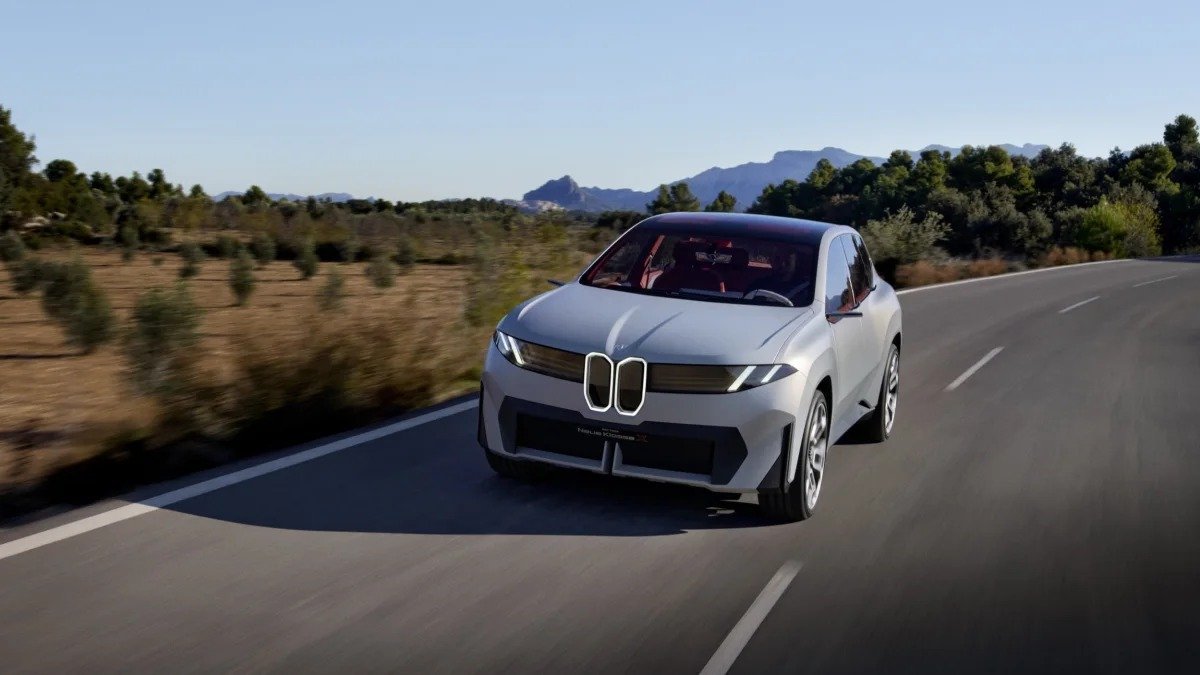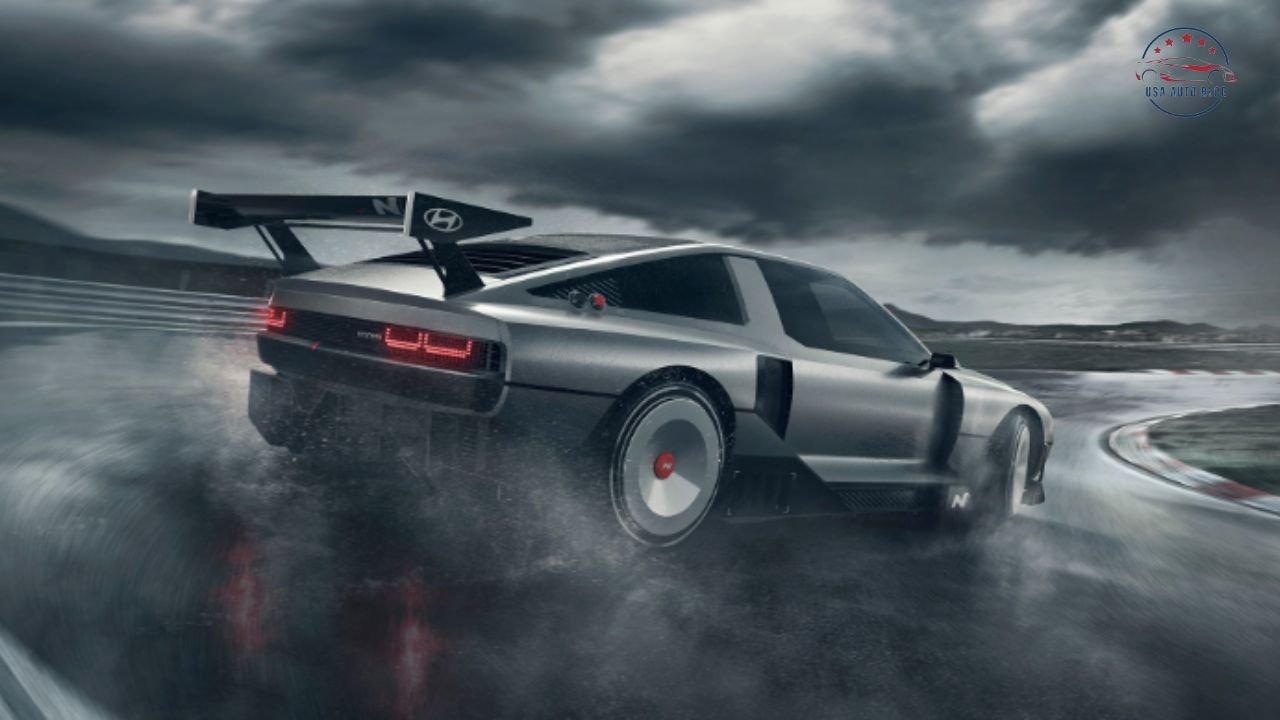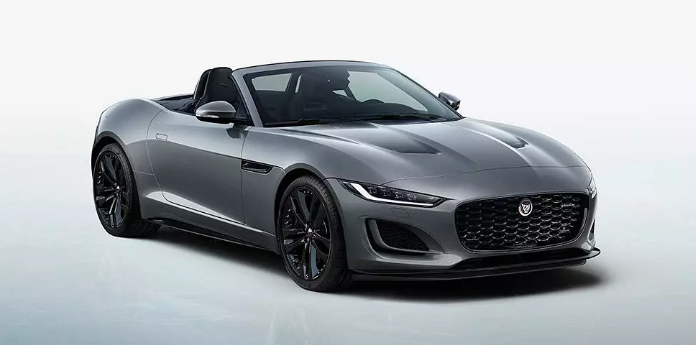Placing the new BMW Vision Neue Klasse X next to one of the German automaker’s current SUVs, such as the X3, X5, or X7, is the greatest way to show off how much BMW styling and design will evolve over the next years. With vents, openings, and curves pushed to their limits up front, stretched like taffy in the middle, and brazenly dynamic in the back, one will be expressively styled to the brink of polarization. The other is the Neue Klasse X, which we were able to view and experience firsthand lately.
One thing is evident right away, though—despite the fact that we could write a book on the styling and design of the Vision Neue Klasse X—it’s difficult to imagine the two pieces came from the same studio.
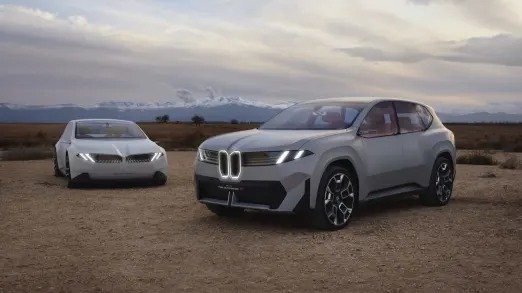
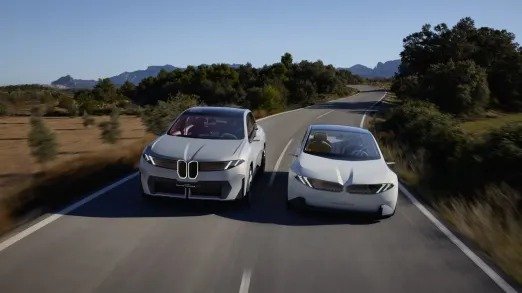
More about BMW Vision Neue Klasse X
Unbeknownst to modern BMW enthusiasts, however, is that the Neue Klasse truly signifies a return to the German brand’s heritage, both in the sedan form we’ve already seen and in this more recent SUV design. It’s important to understand that this isn’t BMW’s first Neue Klasse, or “New Class,” without getting too bogged down in the past. That honor goes to the 1962 BMW 1500, a vehicle that completely changed the midsize lineup for the brand and was an enormous success. The original Neue Klasse, created by Wilhelm Hofmeister, whose iconic C pillar “kink” will always be remembered in BMW design, was a radical modernization in terms of engineering, design, performance, and style. It also represented a significant turning point in BMW’s history.
The overall Vision Neue Klasse X tale truly centers on the integration of its design, both inside and out, and how it modernizes BMW’s ideas about automobiles going forward, much like the original it so obviously evokes. It’s a well-rounded product that, to borrow from BMW, aims to create a coherent appearance and feel while emphasizing customization, efficiency, sustainability, and technology in roughly equal measure.
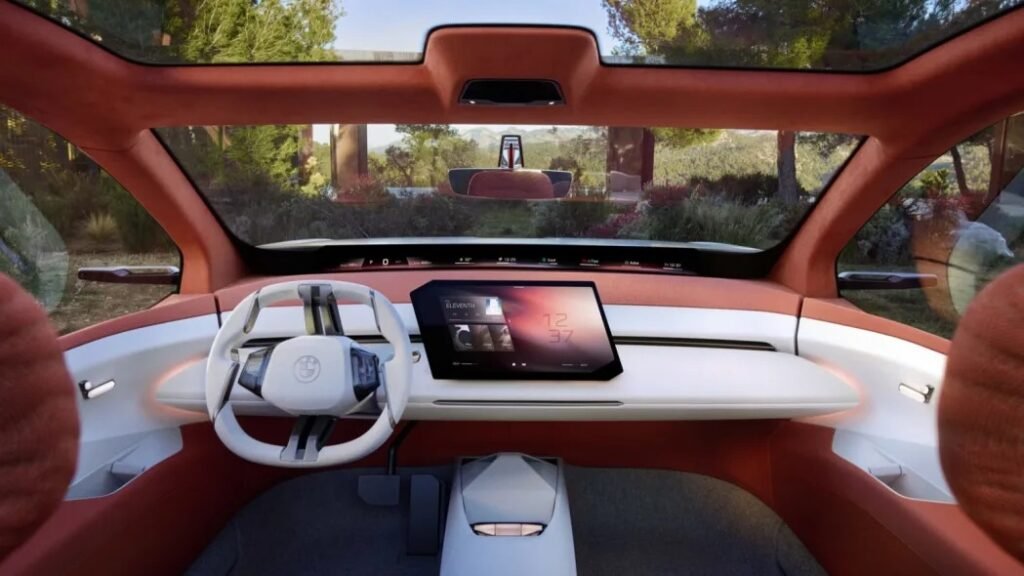
The overall BMW Vision Neue Klasse X tale truly centers on the integration of its design, both inside and out, and how it modernizes BMW’s ideas about automobiles going forward, much like the original it so obviously evokes. It’s a well-rounded product that, to borrow from BMW, aims to create a coherent appearance and feel while emphasizing customization, efficiency, sustainability, and technology in roughly equal measure.
The BMW Vision Neue Klasse X is electric, of course. However, the Neue Klasse script is followed, and BMW’s sixth-generation EV technology is enhanced for increased efficiency. The battery pack has a 20% increase in energy density over previous BMW packs, uses cylindrical cells rather than prismatic ones, and can charge at a 30% faster pace thanks to its 800-volt architecture. BMW only states that a vehicle would cost 30% more with this new powertrain package than it did with its previous design. No range estimate is given, although the pack can charge sufficiently in just 10 minutes to support a range of 186 miles. BMW asserts that the Vision Neue Klasse X’s overall vehicle efficiency is increased by its most recent electric motor design, increased aerodynamic efficiency, enhanced regenerative braking system, and high-efficiency tires.
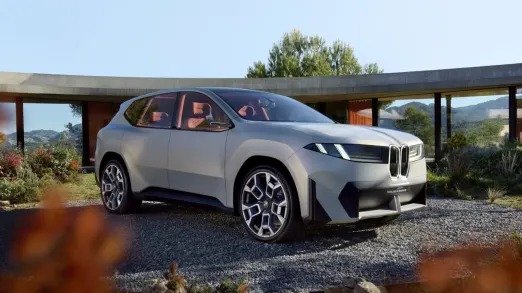
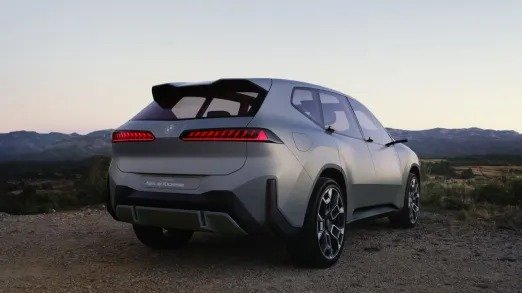
Optimizing economy also helps with driving dynamics. BMW claims to have developed “super-brain” computers, which have up to ten times the processing capability of existing computers, at great financial and human cost. BMW is able to reduce the total number of “brains” on board by half and increase processing speed at the same time by utilizing the increased computing power. Better automated driving, quicker reactions from safety technology, and more customization for features like suspension and steering are all a result of this.
It’s obvious that BMW’s Neue Klasse architecture carries a lot of weight. Furthermore, BMW has staked its future on this new Neue Klass, much as the original helped the carmaker achieve unprecedented worldwide success in the early 1960s. BMW has told us time and time again that all of these new strategies—simplified styling, warm and comfortable interiors, vehicle customization, and an increased emphasis on efficiency and sustainability—will be incorporated in the first vehicle we’ll see based on Neue Klasse architecture when it rolls off the assembly line in Debrecen, Hungary in 2025. It is unclear how much of the design we see in these conceptual visions makes it into production. Following our in-person viewing and interaction with the BMW Vision Neue Klasse X.

